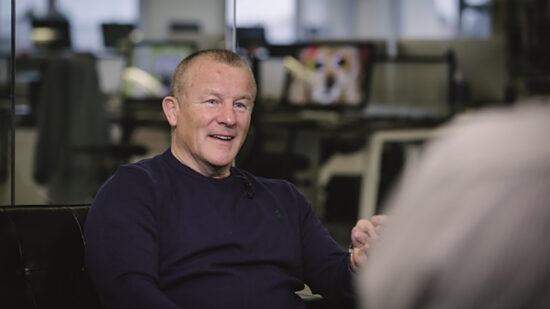Warren Buffet said: “In a chronically leaking boat, energy devoted to changing vessels is more productive than energy devoted to patching leaks.”
With advisers struggling to keep the boat afloat in terms of profitability and sustainability, the time has come to explore new methods of efficiency and effectiveness. This includes adapting your business model.
Keeping up with non-income-generating external demands takes up time and resources and increases the cost of doing business. Furthermore, resources are no longer as efficient as they could be.
Everyone in your business may be busy but if they are not engaged in activities that drive your strategy, you may not be able to realise your goals. Operational inefficiencies are no longer a temporary challenge but have become the new reality.
Objective assessment
Operational inefficiencies and the resulting lack of profits reduces market share. Fewer new clients and an increasing burden to retain existing clients could result in a downturn in the business cycle, less work and a loss of quality staff.
A good way to turn your business around in these circumstances and ensure its profitability is to rethink the way you do things. To reassess your business objectively and look at it from the outside in, try and understand what it feels like to do business with your company.
Is the first call welcoming? Are you put through to the correct person straightaway? Is a service query resolved speedily and professionally? When advice is provided, do the solutions suit your financial objectives Would you be a client of your own business? Would you feel comfortable referring friends with similar financial needs? In the process, have you identified where the leaks are that could make the boat sink?
Profitability exercise
Put on your leadership hat and identify how possible leaks have affected your business performance. Ask yourself what goals you have achieved over the past three months. Did this make a difference to your business? What could you not achieve and why not? How healthy were your financials?
Consider your upfront and recurring income, expenses, and gross and net profit in terms of your budget, actual and variance. Where are some of the leaks in your business operations that you can see negatively affected your profitability? Which of your business practices support your firm’s profitability?
This is one exercise that helps you spend time on your business. It allows you to take a step back and do a full review. It helps reignite your vision, tackle any frustrations and inspire your colleagues.
There are tangible benefits to taking time out of an already busy day if your time is used wisely. This includes revisiting your business plan and then tweaking it where weaknesses are apparent.
Research shows that setting a direction for your business by having a business plan improves profitability (see table below).
When you identify leaks in the boat and plan ways to mend them through a business planning exercise, you are on the way to creating a new, profitable vessel. What better vision could you have for your business?
Future-ready analysis
|
12-month operational business plan |
Australian |
Profit |
|
No |
24 |
– |
|
Yes, partially documented |
38 |
+78 |
|
Yes, clearly documented |
38 |
+121 |
|
Yes, effectively implemented* |
5 |
+209 |
*‘Effectively implemented’ includes documented strategic and operational plan in place, reviewed at least six-monthly, monthly progress to plan monitoring, 15+ items.
**All profit calculations assume a notional $100,000 salary for each principal working in the practice
In the Future Ready VII analysis, Australian FSPs who had either partially or clearly documented their 12-month operational business plan (76% of those surveyed) increased their profitability by 78% to 121%. Businesses that effectively implemented their plan experienced a 209% increase in profitability.
Further reading:
Is your reputation at risk?
Or link to CPD version
By Mimi Pienaar, head of practice management, Masthead








